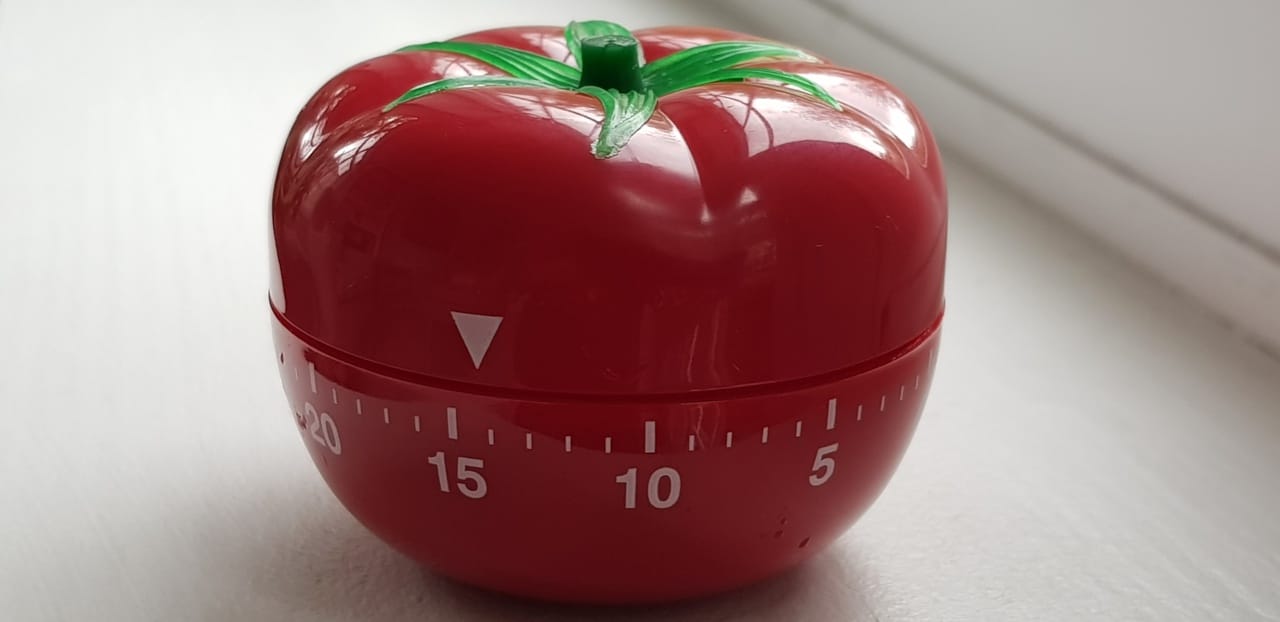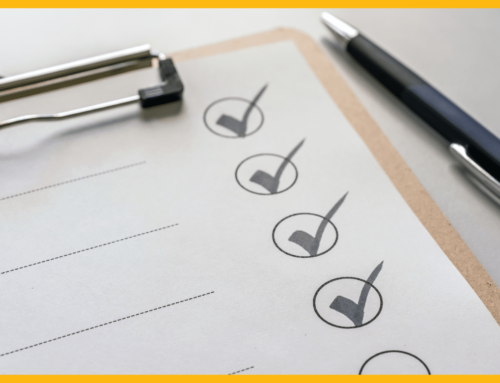Prefer to listen rather than read? You can hear an AI-generated voiceover of this blog here:
My name is Emma, and I’m a procrastinator.
Or at least I’m a pretty much recovered procrastinator, and I’m happy to share with you how I did it.
If you’re struggling to get your good intentions to stick, to tick things off that to-do list, and to do the things you know you’ll feel better for doing, then read on. Here’s how to stop procrastinating…
A Procrastination Kitbag to Get Stuff Done
Procrastination is at the root of so many of the issues I encounter in my life coaching. It’s the reason you’re:
And this is why it’s so important to tackle procrastination head on, developing a kitbag to finally enable you to get stuff done!

Why Am I Procrastinating?
This is such a common question and the answer most people seem to come up with is that they’re failing in some way. Too lazy, too weak, too easily distracted – the list of harshness goes on.
But actually the opposite is true. Procrastination is an issue of MISREGULATION rather than UNDER REGULATION. That is to say, this isn’t about being lazy, unproductive, useless or crap (and all the other stuff you’re saying about yourself).
It’s actually that part of your brain is trying to keep you alive and it’s incredibly sensitive to anything it perceives as a threat. Right now, it’s probably become too sensitive and that’s why you’re finding it harder to do stuff that used to come easily, or you feel like your comfort zone is shrinking.
So if a certain task stirs a negative emotion in you – like frustration, boredom, fear or anxiety – part of your brain will try and regulate that by providing a distraction or soothing technique. And this is when you find yourself making another cup of tea or scrolling through that phone.
It’s actually a real skill of the body’s limbic system to protect you and to keep you safe. Essentially, it’s an act of kindness and self protection
So How to Can I Stop Procrastinating?
That said, ducking stuff all the time isn’t helpful, so how we stop procrastinating?
Essentially, the key lies in teaching part of your brain that the things it’s making you avoid aren’t a threat.
And you need to do this with compassion and a softly, softly approach – think carrot over stick. The stick will just make that threat response happen even more.
Here’s some tips on how to stop procrastinating that work for me, and the people I work with. Do check out the work of Dr Pychyl and Tim Clare for more info:
7 Simple Steps to Stop Procrastinating & Get Stuff Done!
1. Quieten the harshness
This only makes the problem worse, so try some kindness and self compassion. It can be useful to recognise that your procrastinating brain is doing it with the best of intentions, so say thanks and work with it kindly to help it move on.
2. Go gently
Keep things small and manageable to help your limbic system learn that this stuff isn’t a threat. If you do too much, too soon, it’ll tip into high alert so it’s a gradual, gentle process of adding in more. Look for tiny, simple steps forward.
3. Get started
Ah, this one can be tricky. Tim Clare’s advice is to ask yourself will I feel “better, worse, same?” – a super simple question to cut through the avoidance. And remember to make sure the next step is tiny, and not layered with expectation, pressure and negativity.
4. Try the Pomodoro Technique
I love my Pom! Set yourself a chunk of time to do something, and then stop when the timer goes off. And choose that time based on what doesn’t cause a stress response. That may just be 1 minute at the beginning and that’s fine.
5. Check in regularly
Keep checking in to see how you are and what you need. Do you need a break, to switch tasks or can you go again? Park the expectations and work with where you actually are – not with what you used to do, or or you think you should be doing.
6. Practice mindfulness
Mindfulness isn’t just a gimmick. It’s stops the amygdala being activated so easily (the part of the brain that’s causing the procrastination). A regular practice in a form that works for you is great (p.s. it doesn’t have to be sitting crossed legged in a candlelit room for hours on end!).
7. “Pre-empt that which tempts!”
Great advice from Dr Pychyl. Spot your potential stumbling blocks and get rid of them. So get your gym stuff ready, hide your phone, stop emails for a certain time – spot your weaknesses and take them out of the equation.

Remember, this is all about increasing your capacity and resilience to procrastination. Over time, you’ll be able to handle more without that stress response kicking in.
It takes time, consistent action and a bit of patience but soon you’ll stop procrastinating.
And the rewards are great. It’s the key to opening the door on the life you want to live, being the person you know you are meant to be, and finally get stuff done!
So give it a go – no procrastinating now! And if you’re struggling, drop me a line.
A in-depth version of this blog about procrastination appeared previously on my site. It includes more research and explanations about what’s going on with procrastination and you can read it here.






